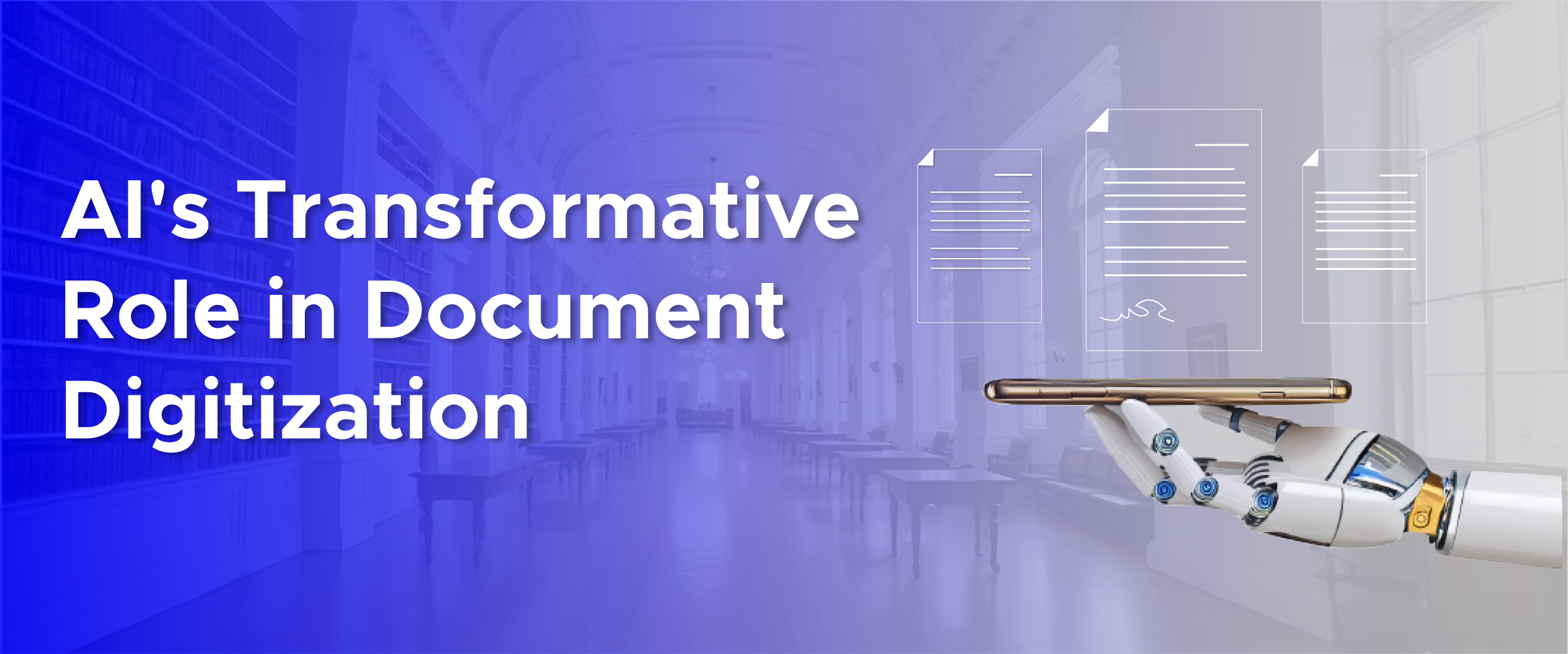The storage, management and accessibility of historical documents are being changed by Artificial Intelligence. Libraries, museums, archives, universities and even corporate repositories now utilise the latest AI technology to make document digitization more efficient.
One of the ways in which AI has affected this is through automation and speeding up the digitization process. Previously individuals had to manually scan and type everything which was time consuming and labour intensive. AI powered Optical Character Recognition (OCR) & Handwritten Text Recognition (HTR) can extract text or data from scanned images and sort it appropriately into a structured database.
AI’s role extends beyond digitalization. It classifies the diacritical marks, nuance, improves picture clarity and recovers spoilt texts making them better than they were originally in terms of legibility. The capabilities of machine learning (ML), allows for continuous improvement of AI systems over time as they become faster and better, enabling large scale digitization projects and generating trained datasets.
Besides, there is AI-enabled Metadata Extraction which automatically extracts the most important data and keywords from long texts. It’s helpful to researchers, historians and scholars in finding the original primary sources, which helps to better understand some events and patterns of historical past.
Also, AI does translation and transcription for languages. The multilingual module can translate historical manuscripts into a variety of languages thus making available the cultural heritage materials to the world. AI transcription tools convert handwritten notes and recordings into written text unearthing critical ancestral knowledge.
Ultimately using AI to analyse digitised documents deeply through techniques like text mining helps researchers. It lets them unveil untold stories or ideas that were previously hidden from everyone while also enabling them to put certain historical occurrences in perspective of time as well as comprehend social developments.
Empower, Enhance & Elevate your digitization projects with DJINN AI.

